Table of Contents
The Importance of Property Inspections
Regular property inspections are a cornerstone of effective property management. These inspections ensure that the property is being well-maintained, identify potential issues early, and help maintain a positive landlord-tenant relationship. By conducting regular inspections, property managers can protect the owner’s investment and avoid costly repairs down the line.
Inspections also provide peace of mind for landlords, as they offer a chance to verify that tenants are adhering to lease terms and that the property remains in good condition.

Types of Property Inspections
Property come in several forms, each serving a specific purpose. Common types include:
- Move-In Inspections: Conducted before the tenant takes possession to document the property’s condition.
- Routine Inspections: Periodic checks during the tenancy to ensure everything is functioning properly.
- Move-Out Inspections: Performed when the tenant vacates to compare the property’s condition against the move-in report.
- Seasonal Inspections: Focused on weather-related maintenance, such as preparing for winter or summer.
- Emergency Inspections: Conducted after events like storms or floods to assess any damage.
Each type of inspection is essential for different stages of property management and ensures the property remains in excellent condition.
Recommended Frequency of Inspections
How often inspections should be conducted depends on the property type, location, and tenant behavior. However, general guidelines include:
- Move-In/Move-Out: Once at the start and end of a tenancy.
- Routine Inspections: Every 3-6 months during the tenancy.
- Seasonal Inspections: Twice a year to address weather-related concerns.
By following these recommendations, property managers can strike a balance between thorough oversight and respecting tenant privacy.
Seasonal Inspections
Seasonal inspections focus on preparing the property for changing weather conditions. These inspections typically include:
- Winter Preparation: Checking heating systems, inspecting windows for drafts, and ensuring pipes are insulated.
- Summer Maintenance: Servicing air conditioning units, inspecting landscaping, and ensuring proper ventilation.
- Storm Readiness: Verifying that gutters are clear, roofs are intact, and emergency supplies are on hand.
Seasonal inspections prevent weather-related damage and ensure the property is comfortable year-round.
Move-In and Move-Out Inspections
These inspections are vital for documenting the property’s condition before and after a tenant’s lease period:
- Move-In Inspections: A detailed report, often accompanied by photos, ensures tenants are aware of pre-existing conditions.
- Move-Out Inspections: Comparing the move-out report with the move-in report determines if any damages exceed normal wear and tear.
Accurate documentation protects both landlords and tenants and simplifies security deposit disputes.
Inspections During Tenancy
Routine inspections during tenancy are a proactive way to catch issues early and ensure lease compliance. During these visits, property managers typically:
- Check for Lease Violations: Look for unauthorized pets, unapproved occupants, or other violations.
- Monitor Property Condition: Identify maintenance needs or signs of neglect.
- Engage with Tenants: Address tenant concerns and build a positive relationship.
These inspections are usually scheduled with proper notice to respect tenant privacy.
Preventative Maintenance Inspections
Preventative maintenance inspections focus on identifying and addressing minor issues before they become costly repairs. These inspections often include:
- Checking Systems: Inspecting HVAC, plumbing, and electrical systems for wear and tear.
- Inspecting Roofs and Gutters: Ensuring these areas are free of damage and debris.
- Safety Features: Verifying that smoke detectors, carbon monoxide detectors, and fire extinguishers are functioning.
Regular preventative maintenance saves time and money by avoiding major problems down the road.
Legal and Ethical Considerations
While inspections are essential, property managers must follow legal and ethical guidelines to protect tenant rights:
- Proper Notice: Most states require 24-48 hours’ notice before entering a tenant’s home for an inspection.
- Frequency Limits: Excessive inspections can be seen as harassment; property managers should adhere to reasonable schedules.
- Respect for Privacy: Inspections should be conducted professionally and without unnecessary disruption to tenants.
By respecting these guidelines, property managers maintain positive relationships while protecting the property.
Learn more about inspections and maintenance here.



